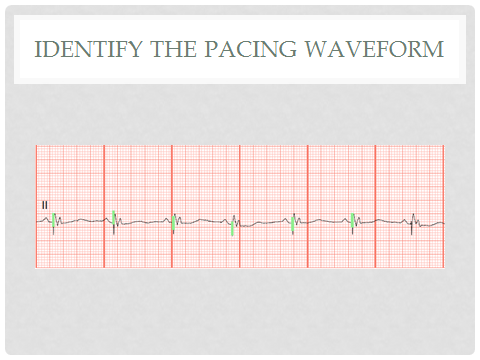

Hemodynamic effect of atrioventricular and interventricular dyssynchrony in patients with biventricular pacing: implications for the pacemaker syndrome. Mollazadeh R, Mohimi L, Zeighami M, et al. Echocardiographic parameters of ventricular dyssynchrony validation in patients with heart failure using sequential biventricular pacing. Relative importance of activation sequence compared to atrioventricular synchrony in left ventricular function. Rosenqvist M, Isaaz K, Botvinick EH, et al. Hemodynamic and symptomatic consequences of ventricular pacing. Nishimura RA, Gersh BJ, Vlietstra RE, et al. Left atrial function and atrial natriuretic factor/cyclic guanosine monophosphate changes in DDD and VVI pacing modes. Theodorakis GN, Panou F, Markianos M, et al. Total sympathetic activity and atrial natriuretic factor levels in VVI and DDD pacing with different atrioventricular delays during daily activity and exercise. Theodorakis GN, Kremastinos DT, Markianos M, et al. Role of transesophageal echocardiography in the evaluation of patients with clinical pacemaker syndrome. Double blind crossover comparison of the effects of dual chamber pacing (DDD) and ventricular rate adaptive (VVIR) pacing on neuroendocrine variables, exercise performance, and symptoms in complete heart block. Comparison of dual chamber and ventricular rate responsive pacing in patients over 75 with complete heart block. Hargreaves MR, Channon KM, Cripps TR, et al. A randomized double-blind crossover comparison of four rate-responsive pacing modes. Sulke N, Chambers J, Dritsas A, Sowton E. Pacemaker Selection in the Elderly Investigators. Quality of life and clinical outcomes in elderly patients treated with ventricular pacing as compared with dual-chamber pacing.
#PACEMAKER AV SEQUENTIAL UPDATE#
2012 ACCF/AHA/HRS focused update of the 2008 guidelines for device-based therapy of cardiac rhythm abnormalities: a report of the American College of Cardiology Foundation/American Heart Association Task Force on Practice Guidelines and the Heart Rhythm Society. ACC/AHA/HRS 2008 guidelines for device-based therapy of cardiac rhythm abnormalities: a report of the American College of Cardiology/American Heart Association Task Force on Practice Guidelines (Writing Committee to Revise the ACC/AHA/NASPE 2002 Guideline Update for Implantation of Cardiac Pacemakers and Antiarrhythmia Devices) developed in collaboration with the American Association for Thoracic Surgery and Society of Thoracic Surgeons. Epstein AE, DiMarco JP, Ellenbogen KA, et al.

Profound "pacemaker syndrome" in hypertrophic cardiomyopathy. The pacemaker syndrome - a matter of definition. 17(1):1-5.Įllenbogen KA, Gilligan DM, Wood MA, et al. Atrial rate as an indicator for optimal pacing rate and the pacemaking syndrome. Chicago, IL: Association for the Advancement of Medical Instrumentation 1969. Proceedings of the 8th Annual International Conference on Medical and Biological Engineering. Hypotension with ventricular pacing: an atria vasodepressor reflex in human beings. Three cases of hypotension and syncope with ventricular pacing: possible role of atrial reflexes. Electrical stimulation of the heart in man. The combination of decreased cardiac output, loss of atrial contribution to ventricular filling, loss of TPR response, and nonphysiologic pressure waves contributes to symptoms collectively known as pacemaker syndrome. In some patients, TPR does not increase in response to decreased cardiac output, which results in decreased blood pressure. In response to decreased cardiac output, the majority of patients demonstrate aortic and carotid baroreceptor reflex activity, which increases total peripheral resistance (TPR) to maintain constant blood pressure. Since the first pacemaker was implanted in 1958, investigators have reported decreased cardiac output in humans as a response to ventricular pacing (see the Cardiac Output calculator). McWilliam described a reduction in blood pressure in response to electrical stimulation of a cat's ventricle in 1889. Ventricular pacing has been noted to sacrifice the atrial contribution to ventricular output in some instances, atrial contraction occurs against closed atrioventricular (AV) valves, producing reverse blood flow and nonphysiologic pressure waves. Although pacemakers provide relief from life-threatening arrhythmias and can improve quality of life significantly, they also can function in a nonphysiologic manner, which is accompanied by nontrivial morbidity.


 0 kommentar(er)
0 kommentar(er)
